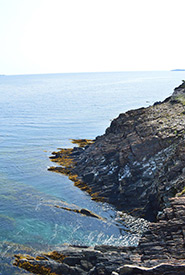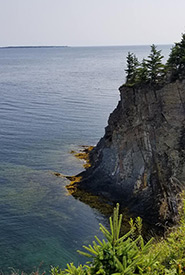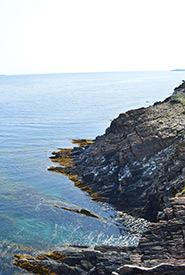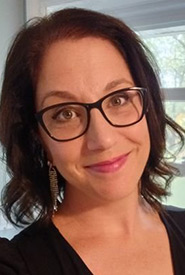NCC: Land Lines – Take time for reflection

Nova Scotia’s South Shore (Photo by Brianne Curry/NCC staff)
Saturday, September 30 is National Day for Truth and Reconciliation. This day provides an opportunity for people to recognize and commemorate the legacy of residential schools and celebrate Indigenous resiliency and culture today. This day has also been observed as Orange Shirt Day since 2013 and is meant to honour Indigenous residential school Survivors, their families and communities as a vital part of the process of Reconciliation in Canada.
In the days leading up to September 30, NCC has invited staff to mark the National Day for Truth and Reconciliation to reflect on their relationship to the land, to the Indigenous Peoples who have cared for it for millennia, and who we live and work alongside. In this short series of posts over the next few days, learn about how NCC staff find connection to the land through personal experiences and family histories:
Brianne Curry, communications manager in Ontario

The Ovens, near Lunenburg, NS (Photo by Brianne Curry/NCC staff)
My favourite places in nature are on the shores of Nova Scotia, my home province. When I am there, my senses are overwhelmed: the smell of seaweed and the salty air. The physical pull of the tides, and the sensation of misty air and fog on my skin. The shifting colours of the ocean that range from vivid blue to deep grey, depending on the weather, the day or the hour. The taste of salty ocean water and wild blueberries picked on the way home. The sounds of the Atlantic shoreline — gulls, sandpipers waves, and the constant motion of the ocean’s current. It is a place that lives in me.
Mi’kmaw history and culture are interwoven with settler history and culture in the Maritimes. While my family’s ancestors arrived hundreds of years ago, the Mi’kmaw Peoples have lived on these lands for millennia and were, of course, significantly impacted by colonialism. Working in conservation, I am deeply inspired by the work of the Mi’kmaw Peoples and other Indigenous communities in the development of Indigenous Protected and Conserved Areas. The work happening in Nova Scotia at places like the Kluskap’s Cave sacred site is exciting, and important for both Reconciliation and for nature.
A teaching that I have learned from the land is that we are all interconnected. We do not live “apart” from nature and the land — we are connected to it. What happens to the Earth happens to us.





